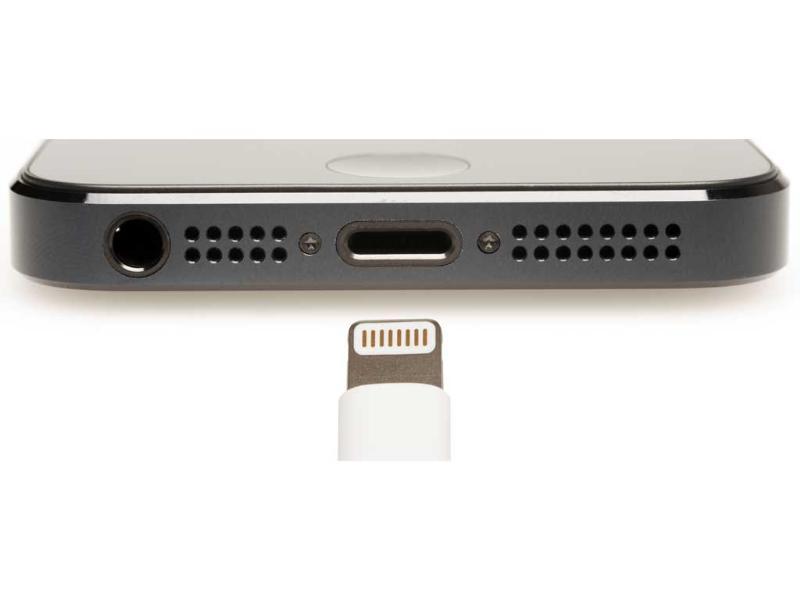Wireless charging back in the technology spotlight
Google's Charging Orb, featured in Google's LG-derived Nexus 4, is another example of the growing focus on wireless charging and why it could be crucial to future mobile devices.

Google's Charging Orb, featured in Google's LG-derived Nexus 4, is another example of the growing focus on wireless charging and why it could be crucial to future mobile devices.
Wireless charging, like mobile payments, is one of those technologies that seems to be in the news every week. The media is focusing its attention on it at the moment because Google's latest Nexus smartphone, the LG-derived Nexus 4, comes complete with what the company calls a 'Charging Orb' that enables users to charge the handset without connecting cables or power leads. The announcement was followed by the news that Google has joined the Power Matters Alliance -- a consortium that pledges to make the technology a universal standard and to build a supporting ecosystem to help implement and maintain it.
A concept whose time has come?
Wireless charging is by no means a new technology. It works on the scientific principle of electromagnetic induction, something first demonstrated in 1831 by Michael Faraday.
Using the concept to charge portable devices was first mooted as early as 2001 -- as mobile phones, PDAs and digital cameras were just starting to take over the world -- by a UK company called Splashpower. It was developing wireless charging pads that it believed would become commonplace in cafes, airport lounges and seat tables on planes, trains and automobiles more than 10 years ago. Unfortunately, despite demonstrating a working prototype capable of charging any mobile device with a special chip, the company went bankrupt in 2008 and its assets were bought by Fulton Innovation. In the same year, Fulton Innovation became a founding member of the Wireless Power Consortium, which, like the Power Matters Alliance (which was only formed in 2012), is a global group of companies focused on creating and promoting an international, universal wireless power standard across rechargeable electronic devices. Its members range from HTC to France Telecom, Nokia and Samsung.
So in the space of 11 years the industry has gone from one or two independent pioneering companies to two, competing global alliances, both trying to make a slightly different version of the same technology the de-facto world standard. There is still much doubt as to why this technology is necessary, as battery life is improving and there are already a number of smartphones on the market capable of lasting up to three days between charges. But as mobile devices become increasingly central within our lives -- for instance, as virtual wallets and virtual front door keys -- having a fully charged battery at all times of the day is going to become as crucial to our lives as the devices themselves.
Catch all the Latest Tech News, Mobile News, Laptop News, Gaming news, Wearables News , How To News, also keep up with us on Whatsapp channel,Twitter, Facebook, Google News, and Instagram. For our latest videos, subscribe to our YouTube channel.































